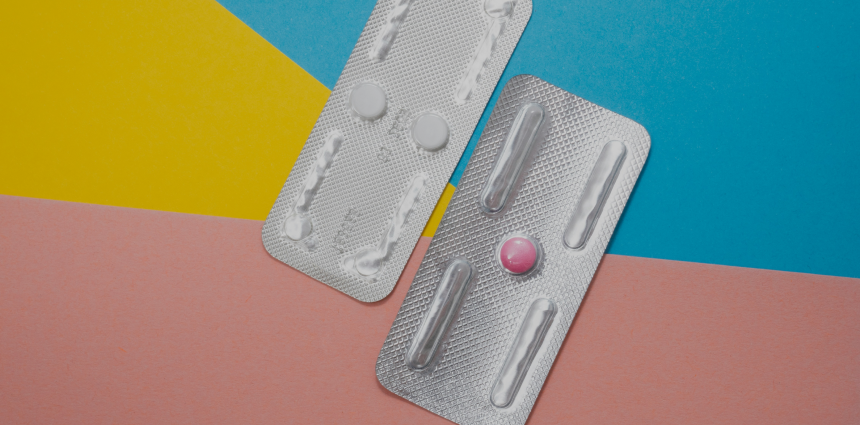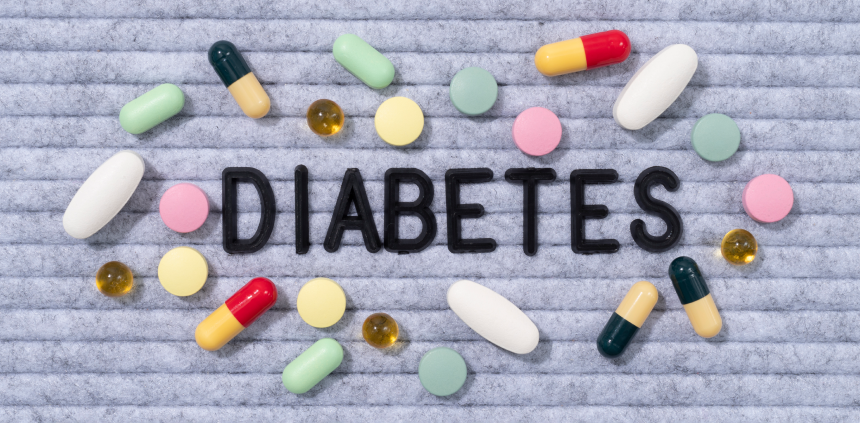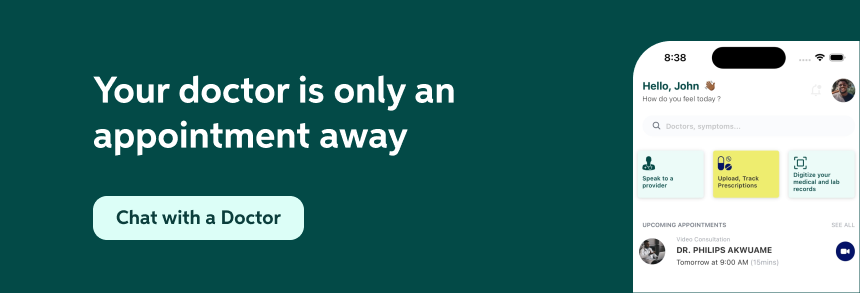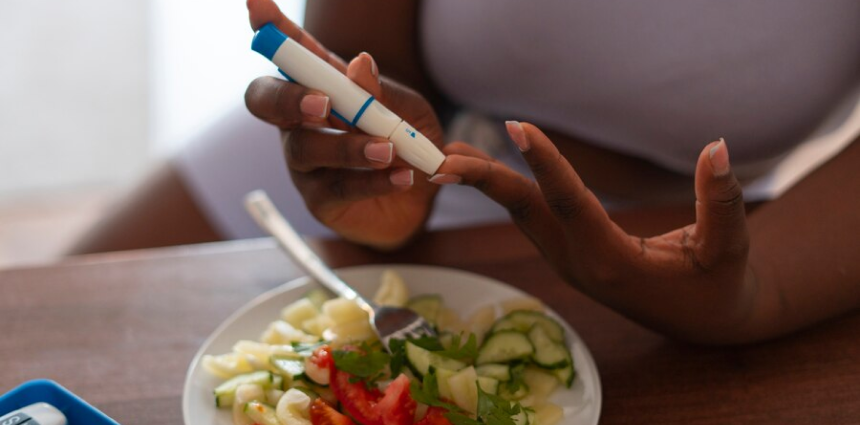Malaria in ghana remains a significant public health challenge, affecting many lives across the country. In 2022, there were over 4.9 million suspected malaria cases and nearly 10,000 malaria-related deaths, making it a serious concern, especially for children and vulnerable populations.
Despite ongoing efforts like distributing insecticide-treated bed nets and providing effective treatments, malaria still poses a considerable threat.
In this article, we will discuss everything you need to know about malaria, types, symptoms and how to prevent malaria in Ghana.
What is Malaria?
At its core, malaria is a serious illness caused by parasites called Plasmodium. These parasites are transmitted through the bites of infected female Anopheles mosquitoes. If left untreated, malaria can lead to severe illness or even death, making it especially dangerous in tropical and subtropical regions where these mosquitoes thrive.
How Does Malaria Happen?
Malaria cycle begins when an infected female Anopheles mosquito bites a person. During the bite, the mosquito injects Plasmodium parasites into the bloodstream. This is the first step in the infection process. Once in the blood, these parasites travel to the liver, where they can hide and multiply for about 7 to 15 days. During this time, they remain undetected by the body’s immune system.
After maturing in the liver, the parasites re-enter the bloodstream and invade red blood cells. This invasion is when malaria symptoms start to show up. The parasites reproduce inside the red blood cells, causing them to burst and release even more parasites into the blood. As this cycle continues, the person begins to experience symptoms like high fever, chills, and fatigue.
If another mosquito bites an infected person, it can pick up the parasites in the blood. This allows the cycle to continue, as the new mosquito becomes a carrier, ready to infect someone else. .
Types of Malaria Parasites
There are five main types of Plasmodium parasites that can cause malaria in humans, each with unique characteristics:
1. Plasmodium falciparum: This is the most dangerous and prevalent type of malaria parasite, particularly in Africa. It can cause severe complications, including cerebral malaria, which is life-threatening.
2. Plasmodium vivax: Common in Asia and Latin America, P. vivax can remain dormant in the liver for long periods, leading to relapses of malaria symptoms even after treatment.
3. Plasmodium ovale: Similar to P. vivax, this parasite can also stay dormant in the liver and cause relapses. It is less common but still poses health risks.
4. Plasmodium malariae: This type causes a milder form of malaria but can persist in the bloodstream for years, leading to chronic infection and potential kidney issues.
5. Plasmodium knowlesi: Originally a parasite that primarily infects monkeys, P. knowlesi is increasingly recognized as a significant concern in humans, particularly in Southeast Asia.
Malaria symptoms typically appear 10-15 days after infection and can vary in intensity. Common signs and symptoms include:
High Fever: Sudden high fevers, often accompanied by intense chills, are common. The fever can reach temperatures exceeding 39°C (102°F).
Chills: Severe chills may occur alongside the fever, leading to uncontrollable shivering.
Sweating: After a high fever, patients often experience profuse sweating.
Headache: Severe headaches are frequent, often resembling flu-like symptoms.
Muscle and Joint Pain: Significant pain in muscles and joints can lead to discomfort and fatigue.
Fatigue and Weakness: As the body fights off the infection, individuals may feel extreme fatigue, affecting daily activities.
Nausea and Vomiting: Gastrointestinal symptoms, including nausea and vomiting, can lead to dehydration, especially in children.
Coughing: Severe cases may involve a cough due to lung involvement or stress on the body.
Anaemia: The destruction of red blood cells can result in anaemia, leading to pallor and weakness.
Abdominal Pain: Some patients report abdominal pain, which may indicate spleen or liver involvement.
Confusion and Neurological Symptoms: In severe cases, particularly with P. falciparum, neurological symptoms may occur, including confusion, disorientation, or seizures.
Symptoms can vary based on individual immune responses and the type of malaria parasite involved, so vigilance is important.
Effects of Malaria
If malaria is not treated promptly, it can lead to serious health issues, they include :
Cerebral Malaria: This condition occurs when malaria parasites infect the brain, leading to confusion, seizures, or coma. It is a medical emergency.
Respiratory Distress: Severe cases can cause fluid buildup in the lungs, resulting in difficulty breathing.
Severe Anaemia: The destruction of red blood cells can cause significant anaemia, leading to fatigue and increased vulnerability to infections.
Kidney Failure: Severe malaria can damage the kidneys, potentially requiring dialysis.
Spleen and Liver Complications: Malaria can lead to the enlargement of the spleen and liver, resulting in further health complications.
Economic Impact: Beyond health issues, malaria also has substantial economic consequences, affecting productivity and increasing healthcare costs.
Long-Term Health Issues: Survivors of severe malaria may experience lasting health problems, including chronic fatigue and neurological complications.
Preventive Measures Against Malaria in Ghana
Preventing malaria involves a combination of strategies:
1. Insecticide-Treated Bed Nets (ITNs): These nets are effective in reducing malaria transmission, especially when used consistently during sleep.
2. Indoor Residual Spraying (IRS): Spraying insecticides on indoor surfaces helps decrease mosquito populations.
3. Prophylactic Medications: Individuals travelling to malaria-prone areas or at higher risk, such as pregnant women and young children, should consider antimalarial medications.
4. Community Education and Environmental Control: Engaging communities to eliminate standing water where mosquitoes breed is essential. Public education about malaria prevention can make a significant impact.
5. Access to Rapid Diagnostic Tests and Treatment: Early detection and treatment are crucial for preventing severe malaria. Rapid diagnostic tests are becoming more widely available, allowing for quicker confirmation of malaria.
6. Health Education: Raising awareness about the symptoms of malaria and the importance of seeking medical attention promptly can save lives.
Conclusion
Malaria remains a significant health issue in Ghana, and understanding its transmission, symptoms, and preventive measures is essential for reducing its impact. Ongoing education, healthcare access, and community engagement are crucial in the fight against malaria. Through collective efforts, it is possible to combat malaria effectively and improve public health outcomes in affected regions. Staying informed and proactive is key to ensuring a healthier future for all.

















